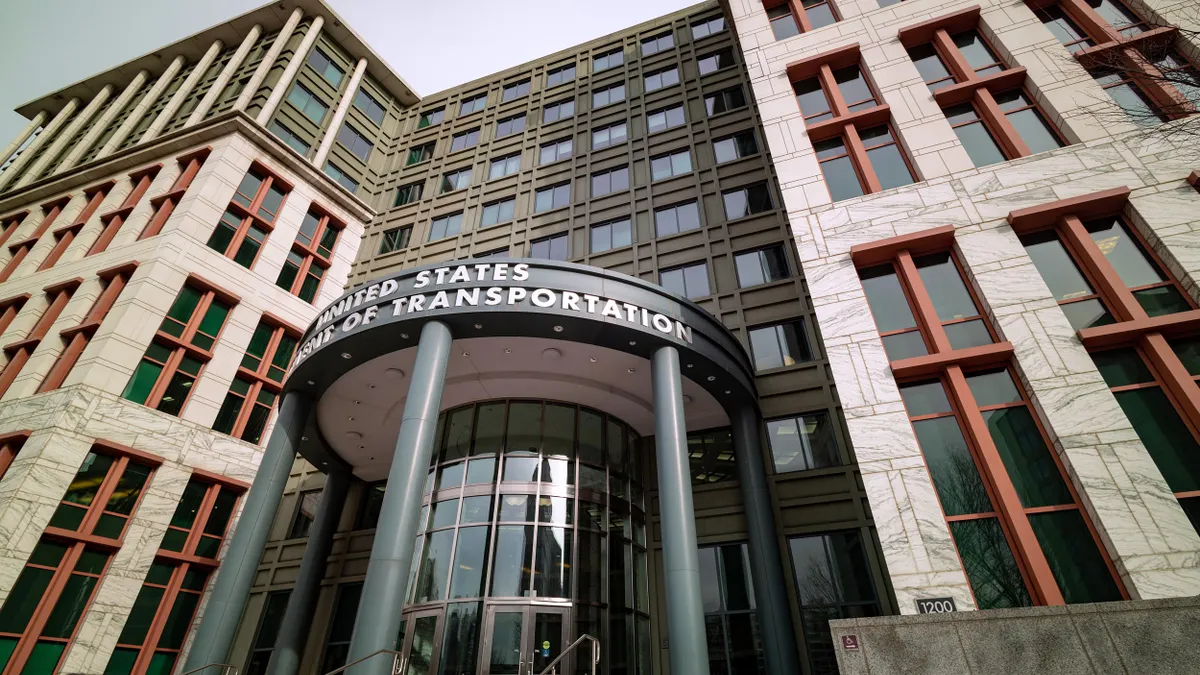I have never seen nor heard of a company whose mission is to ensure the failure of every salesperson it hires.
However, I have found through observation and experience that, because very little attention is paid to the reinforcement of sales education, companies are doing as much to contribute to an individual's failure as they are to their success.
Accent Technologies, a software firm focused on sales enablement, published some interesting statistics from various sources that back up my personal data collection. Two blew me away:
- Sales Alliance found that, without follow-up, salespeople lose 80%-90% of what they learned in training within a month.
- According to Rain Group, best-in-class companies with a training-retention plan have 31% more sales representatives reach quota than the industry average and a 10% higher YoY increase in corporate revenue.
The first is a tragic waste of training dollars. And the second — if that's not a compelling reason to take a look at your training methodology, I don't know what is.
I've experienced a lifetime of sales "training" during my 40-plus-year career in transport. Numerous times I've sat in a hotel conference room (in an excruciatingly uncomfortable chair) with a big ol' honking binder in front of me, tasked with listening to presentation after presentation.
After a mind-numbing couple of days, I'd be sent home to apply what I had been trained to say and do. I'd dutifully work the process using the new methodology. But before long, I'd slip back into my old behaviors that were most comfortable and seemed to work best for me.
And the big ol' honking binder? It ended up on the top shelf of my cubicle next to the two big ol' honking binders I received during the two previous "training" campaigns. Those lifeless pieces of paper, while informative, lacked the ability to check up on me.
Executives: Powerful reinforcements
New behaviors require coaching and reinforcement or they will disappear. This is well established since the early 1900s, when Ivan Pavlov and B.F. Skinner set about to study behavior and the impacts of reinforcements with their dogs and rats.
I realized the fruits of their studies observing humans in the late 1990s. At that time, I was a newly appointed director of sales education, tasked with helping to implement a whole new sales methodology. We adopted MAP For Action, a behavioral-based sales process of eight specific steps, developed by Ed Feeney of Richmond, Virginia.
Initially, I was a bit skeptical. The last thing you want to do is send a changed person into an unchanged environment. Doing so results in quick and ultimate failure almost every time.
But it proved to be a great sales platform in our very competitive environment, and our success was enhanced with effective coaching and reinforcement immediately following the three days in the interactive classroom.
For the first several weeks post-education, the district sales managers would have afternoon one-on-one calls with their salespeople, reviewing specific call experience. They reinforced the positive aspects and addressed the negative when it was recognized.
This practice unearthed that we had several salespeople that were actually calling on non-decision-makers. One had been lunching once a month for a year with a person who didn't make carrier routing decisions. These coaching discussions always ended with one of two questions:
- "What will you do or say on your next sales call to help ensure your success on your next sales call?"
- "What will you say or do differently on your next sales call to help you be successful?"
Company leadership had to become intimately involved in order to carry out the reinforcement. And it didn't hurt to have some of our top executives attend the sessions.
When CEOs, presidents and executive vice presidents take time to attend education sessions and express their importance to the future success of the company, it tends to capture the attention of most salespeople. That's powerful reinforcement.
Sustainable education
The MAP effort helped achieve increases in revenue with less discounting and fewer sales calls. But even more important was the impact on the psyche of the salespeople. Educating salespeople on how to coach themselves led to a new level of education sustainability.
District sales managers and salespeople told us that selling was fun again. And it did wonders for their self-esteem and confidence. We even captured the attention of those seasoned veterans who thought they knew everything there was ever to know about selling.
The education also transcended office walls. Some took the behavioral sales principles with them to other careers in varying sales environments. Most encouraging to me was that people would even use the coaching and reinforcement techniques with their kids with great success. (My wife didn't cotton too well to me using my MAP language with her, so be careful with to whom and when you use it.)
Twenty-odd years later, former "students" tell me they still use MAP, personally and professionally.
If your sales process doesn't get strong leadership support and involvement and doesn't involve consistent and aggressive post-education coaching and reinforcement, you need to look for one that does. There is plenty of research out there to reinforce what I've stated and to support your great decision to change.
Otherwise, you'll be continually investing in one big ol' honking binder after another and have little to nothing to show for your effort.
Lanny Fleming began his career with Roadway Express in 1977. He was with American Freightways and FedEx Freight for 20 years, and UPS Freight for six. Views don't necessarily represent those of Transport Dive.
















